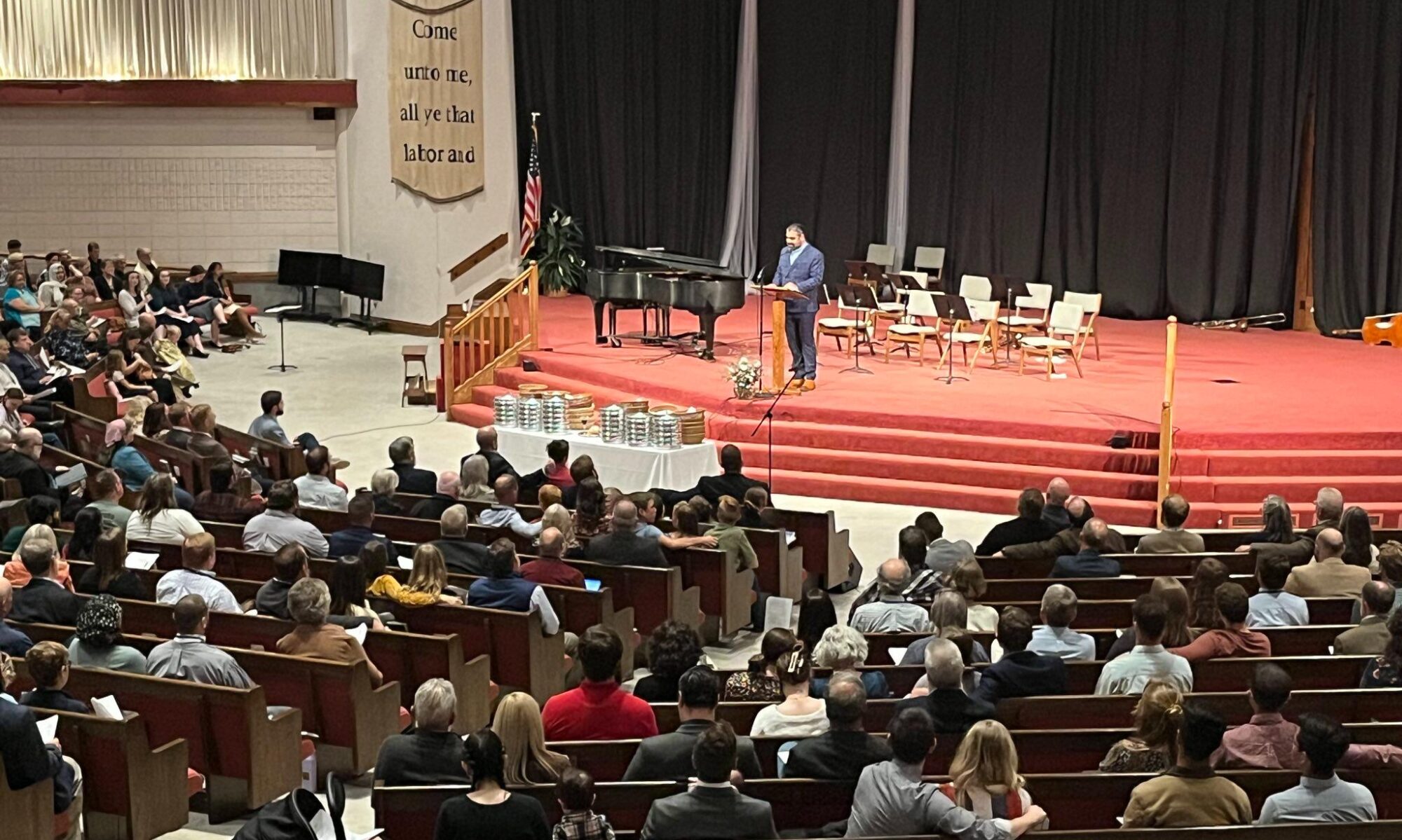A Concise Interpretation of Psalm 42 & 43
Psalm 42-43 is a lament.[1] The psalmist[2] mourns because he cannot worship his Savior and God (42:5,11; 43:5) in Jerusalem. It seems–though the text is silent–that he has been forced away from Jerusalem and his enemies are oppressing him (42:9).
The first stanza of the psalm (vs. 1-5) demonstrates that the writer’s thirst for God only accentuates as he remembers “the former festival blessings” (vs. 4).[3] For the psalmist, nothing will satiate his intense thirst, but His own God (vs. 1). The words panting (vs. 1) and thirsting (vs. 2) are synonymous. They express the same desire. Though God is presently absent from the psalmist, the psalmist does not declare as the fool (Psalm 14:1) that there is no god, rather, he declares that God is a living God (vs. 2). The geographical distance from Jerusalem leads the author to burst into poetry. In verse three, he declares that his tears have been his food day and night. In the midst of his hunger, sorrow, anguish, and distance from his place of worship, his enemies deride him asking for his god to appear on his behalf. This parallels Elijah’s enemies taunting him and asking his god to act (I Kings 18). There can be no doubt that Satan made use of such means as these to fan the flame that consumed him with grief.[4] Like Job, he is overcome with grief.
Verse four is the glorious memory of the days when he and the body of Hebrew worshipers would freely walk to the house of God. It is remarkable to note that the psalmist is not remembering the entertainments or pleasures of his former days, but he remembers the free access he had to God. This fear of the psalmist has been abolished in the New Covenant. When our Lord Jesus torn the veil, he granted his covenant people free access to the Father (Romans 5:1,2; Hebrews 10:19-22). This access is no longer restricted to a geographical location. Both Jew and Gentile may come in by faith (Romans 5) and in union with Christ in baptism (Romans 6).
The author’s refrain in 42:5,11 and 43:5 reminds the reader that the worshiper will inevitably suffer and be downcast, but there is confidence that hope in God will bring salvation and deliverance. In the words of Job, “though He slays me, I will hope in Him” (Job 13:15).
In the second stanza (vs. 6-11), the psalmist mourns greatly. He uses various metaphors to expound upon his pain. In verse six, he remembers God. It is often when the Christian remembers God’s faithfulness that he is closest to His Redeemer (Psalm 77). In the same way adults remember their childhood memories in a favorite place, the psalmist with even greater intensity remembers the mountains and locations that were so dear to his worship context.
In verse seven, the poet begins to use the vastness of figurative language. In the midst of great trouble, he writes that “all your waves and breakers have swept over me.” The overwhelming waters of chaos constitute a well-known image of despair and trouble in the Bible.[5] The experience of the psalmist is similar to Jonah’s experience from inside the fish in Jonah chapter two. The agony is so intense that the author uses the image of a great tempest. To the Hebrew mind, the sea contained monsters. Hence, it was the most horrific of all places. The psalmist puts himself in that situation. This metaphor is carried into the New Covenant revelation St. John received while in Patmos. St John expounds upon the beauty of the New Heavens and New Earth with the promise that there will be no longer any sea (Rev. 21:1). This is the promise God’s people will inherit when our Lord returns in triumph.
[1] See section on the harmony of these two psalms for proof that they were originally one, as such, I will treat them as one song.[2] Calvin argues that David was the author since “…he was the teacher generally of the whole Church, and a distinguished instrument of the Spirit.” Calvin’s Commentaries, Vol. 5 (Grand Rapids: Baker Books, 2003), 127. Matthew Henry argues similarly in his commentary.
[3] Walter A. Elwell, ed., Evangelical Commentary on the Bible. (Grand Rapids: Baker Books, 1989), 380.
[4] Calvin’s Commentaries, Vol. 5 (Grand Rapids: Baker Books, 2003), 130-131.
[5] Pratt 847.



